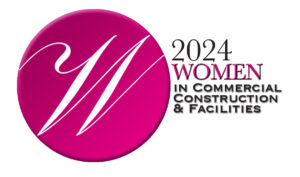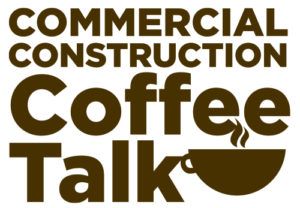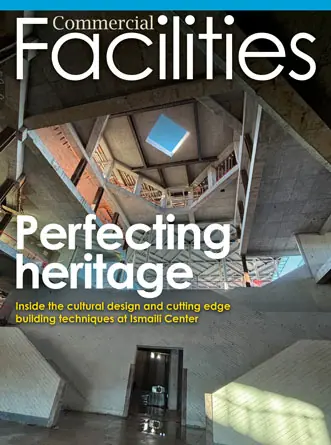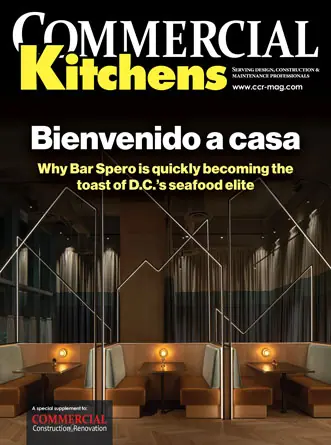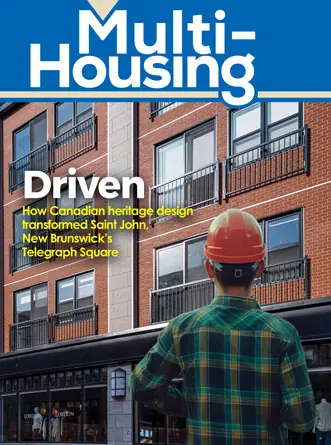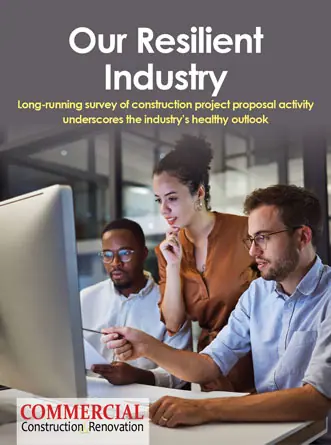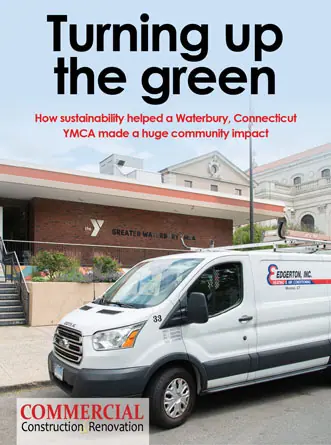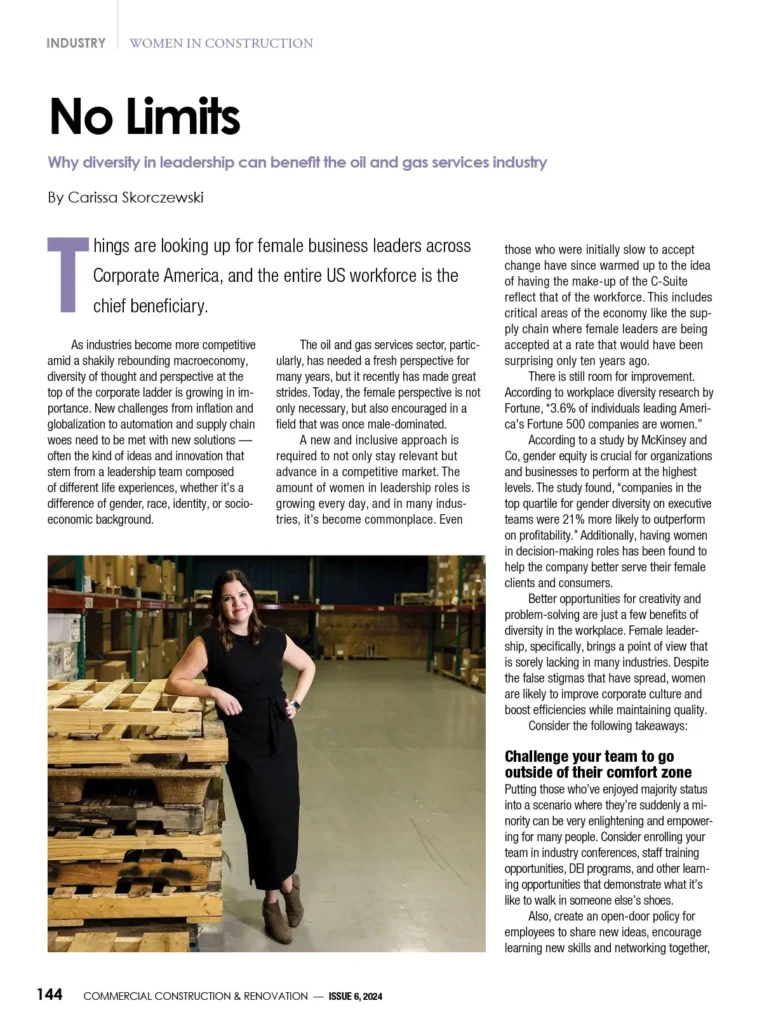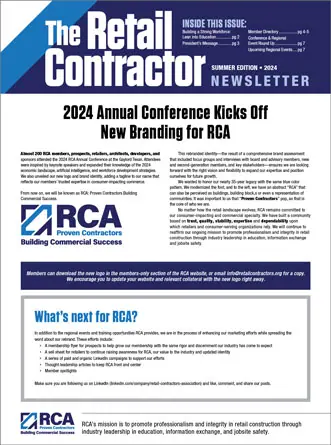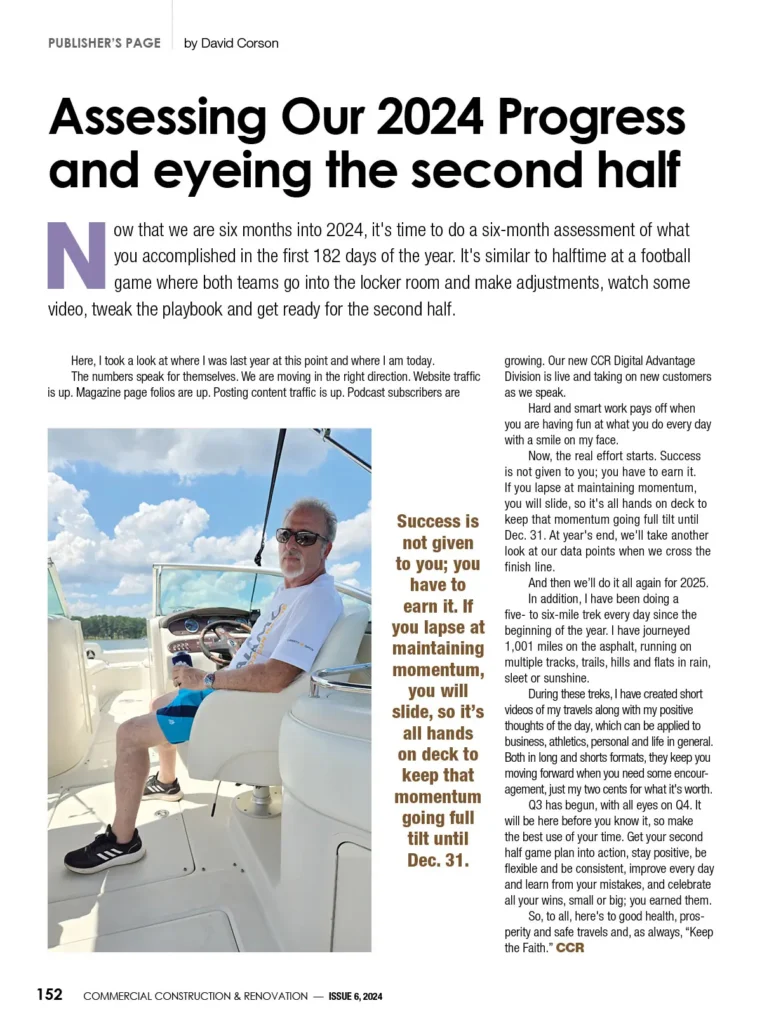Imagine a place where laughter, learning, and connection fill the air—a vibrant hub that unites a diverse community and creates a sense of belonging. It’s the potential of a well-planned and well-maintained community center. Constructing such a center requires thoughtful consideration of various factors, from purpose and design to funding and maintenance.
This article will explore eight key aspects that stakeholders should keep in mind when embarking on the exciting journey of building a community center that genuinely enriches the lives of its members.
- Define The Purpose And Goals
Before embarking on the construction process, it’s essential to establish the primary objectives of the facility. These goals include providing recreational facilities, educational opportunities, social events, or spaces for community meetings. By clearly defining the center’s purpose, you can make informed decisions about its construction and maintenance.
- Assess Community Needs
Conduct a thorough community needs assessment to gather input from residents about the types of programs, services, and facilities they would like to see in their community center. Consider conducting surveys, focus groups, or public meetings to solicit feedback and ensure the center is tailored to the community’s needs.
- Choose The Right Location And Ensure Accessibility
How accessible is your community center to the people who need it most? Selecting the right location is crucial for the success of your community center. Choose a site that is easily accessible by various means of transportation, such as biking, public transit, or even walking. Additionally, ensure the facility meets accessibility guidelines for individuals with disabilities, providing ramps, elevators, and accessible restrooms to accommodate all users.
- Embrace Environmental Sustainability
How can your community center contribute to a greener future? Incorporate environmentally friendly construction methods, materials, and technologies to minimize the center’s ecological footprint. Consider green building certifications like LEED to demonstrate your commitment to sustainability. Energy management for community centers is also essential. Energy-efficient lighting, water-saving fixtures, and solar panels are just a few examples of sustainable technologies that can be integrated into the design.
- Observe Construction Best Practices
Understanding and implementing best construction practices is essential for delivering a high-quality facility on time and within budget. Here are a few recommendations:
- Select A Qualified Construction Team
Assemble a team of experienced professionals, including architects, engineers, and contractors, with a track record of completing similar projects. Be sure to check references and review past work to confirm their expertise.
- Implement Quality Control Measures
Establish a quality control program to guarantee the integrity and safety of the construction process. It may include regular inspections, adherence to industry standards, and rigorous testing of materials and systems.

- Prioritize Safety On-site
Implement safety protocols to protect workers and minimize the risk of accidents during construction. It may include providing safety training, enforcing the use of personal protective equipment, and establishing procedures for handling hazardous materials.
- Plan For Contingencies
Unforeseen challenges can arise during construction, such as weather delays, material shortages, or design changes. Including contingency plans and allocating additional funds in the budget can help manage these challenges and minimize their impact on the project.
Keep the community informed about and address any concerns throughout the construction process. It can help maintain transparency and build trust among community members.
- Focus On Design And Functionality
To create an attractive and functional space, plan the center’s layout and design to accommodate diverse activities and events while ensuring all users’ ease of use and comfort. Flexible spaces, comfortable seating, and ample natural light are essential components of a well-designed community center. Be sure to consult with architects and designers who have experience working on similar projects to create a facility that truly meets the needs of its users.
- Develop A Realistic Budget And Secure Funding
How much will it cost to build and maintain your community center? Developing a realistic budget is a critical step in the planning process. Be sure to consider both construction and ongoing maintenance costs. Explore grants, donations, and partnerships with local businesses or organizations to secure funding. By minimizing the financial burden on the community, you can ensure the long-term sustainability of the center.
- Create Processes For Its Maintenance
Maintenance plays a crucial role in the overall functionality of community centers and, as such, should not be overlooked. Prioritizing cleanliness, particularly in restrooms, is essential since visitors heavily utilize these areas. Quality equipment and thoughtful bathroom design can help reduce future maintenance issues.
Developing a maintenance strategy and schedule allows staff to proactively address potential problems rather than waiting for issues to arise. This approach helps keep equipment up to date and amenities in good condition. Additionally, implementing preventative maintenance measures can help identify and rectify potential problems before they escalate, ensuring a smoother and more efficient operation for community centers.
Conclusion
There you have it: eight essential aspects to consider when creating the community center of your dreams. As you bring your vision to life, remember that your dedication and passion can transform a simple building into a thriving, welcoming space that unites and uplifts your community. You can create a lasting legacy that will enrich countless lives for generations through careful planning, collaboration, and attention to detail. As you embark on this incredible journey, let your heart guide you and take pride in knowing that you’re building a brighter future for your community—one brick at a time.

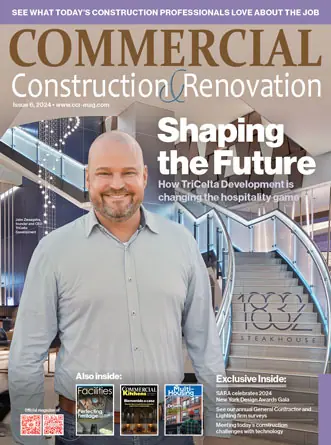









 The 2024 virtual Men’s Round Table will be held Q4, 2024, date TBD.
The 2024 virtual Men’s Round Table will be held Q4, 2024, date TBD.